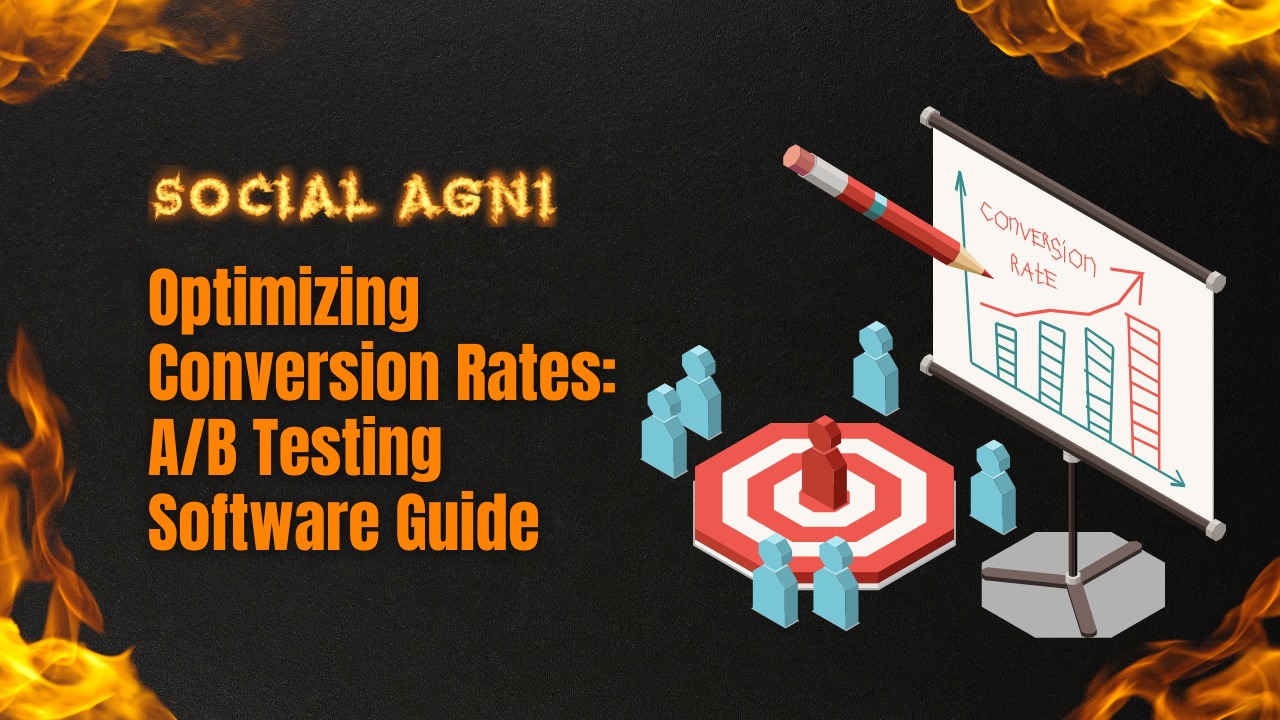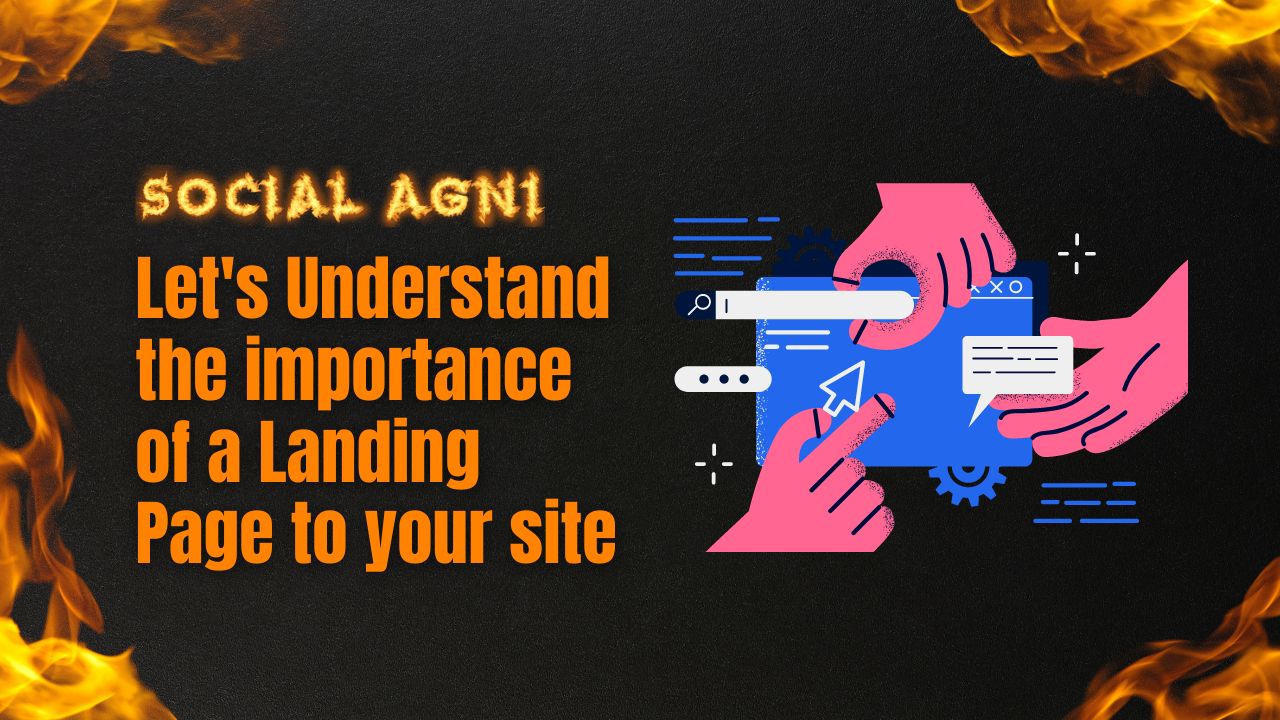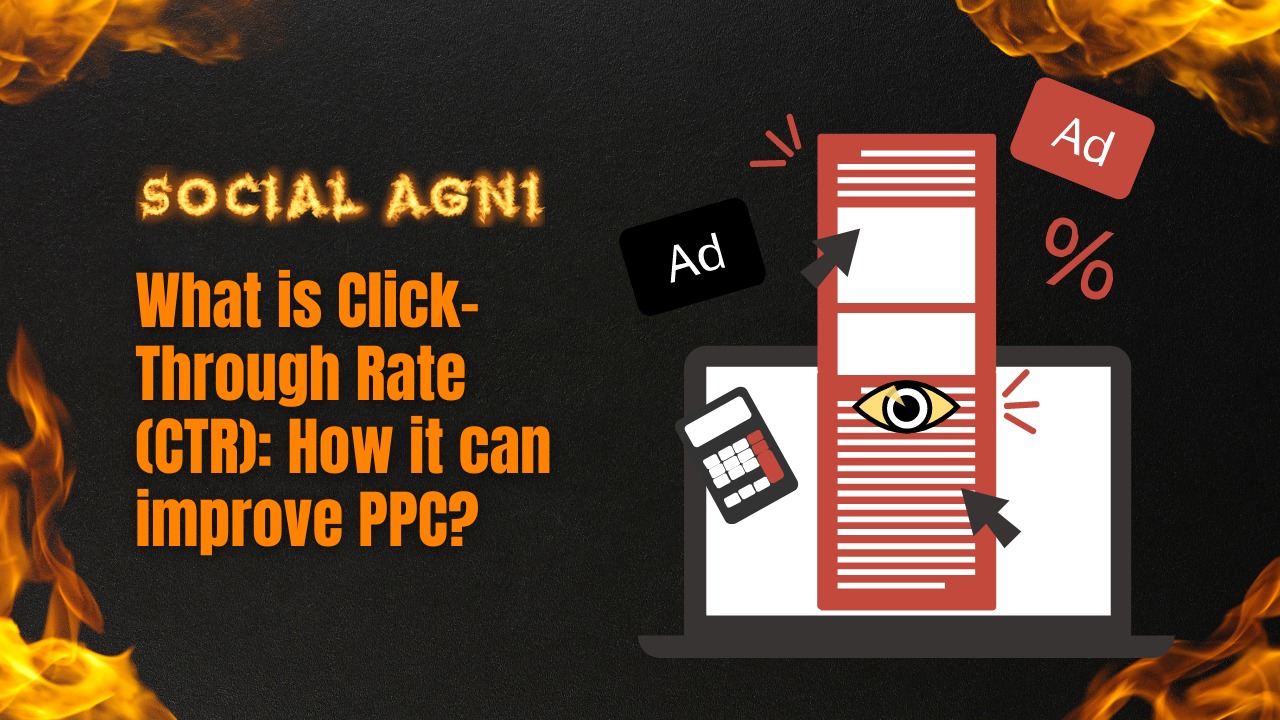Businesses strive to increase their online presence and conversion rates in today’s competitive digital market. A/B testing, a strong tool for comparing two versions of a website or app to see which performs better, is one of the best ways to achieve this aim. Businesses use software for A/B testing. A/B testing software helps firms develop, implement, and analyze A/B tests easily. It simplifies testing to find areas for improvement, maximize conversion rates, and improve website performance. A/B testing software aids data-driven decision-making. Businesses may learn what customers want by running controlled tests and evaluating user behavior and conversion rates. Data-driven decision-making improves user experiences, engagement, and conversion rates. A/B testing software is flexible. Landing pages, call-to-action buttons, navigation menus, content positioning, and design elements can be used. Businesses may maximize conversion rates and achieve their goals by fine-tuning every aspect of their online presence. A/B testing software simplifies testing with several capabilities. These include user-friendly interfaces, drag-and-drop flexibility, comprehensive statistical analysis, real-time reporting, and connection with other marketing tools and platforms. Such capabilities allow firms to easily run A/B testing, track performance, and receive actionable information without technical experience. This thorough overview covers A/B testing tools. We’ll examine its features, the numerous types of software, and how to choose the ideal one for your organization. We will also discuss how to build up experiments, execute tests, assess outcomes, and make data-driven decisions. This post will teach you how to use A/B testing tools to boost conversion rates and business growth. Understanding A/B Testing Software A/B Testing Software A/B testing software, often known as split testing software, lets organizations compare two or more versions of a website, mobile app, or other digital assets in controlled studies. It lets companies evaluate items’ effects on user behavior and conversion rates. The program collects clicks, conversions, and engagement metrics by randomly splitting website or app traffic between versions. A/B testing software’s main features Test Creation A/B testing software lets you design and specify web page or app element variants. Test hypotheses by changing design, content, layout, or call-to-action components. Traffic Allocation The program equally distributes website or app users across the versions being evaluated. Randomization eliminates prejudice and ensures accuracy. Data Collection A/B testing software monitors clicks, conversions, bounce rates, session lengths, and other information. It details variance performance. Statistical Analysis The program analyzes data for significance and reliability. It shows firms whose changes boost conversion rates statistically. Reporting A/B testing software produces detailed experiment reports and visuals. These reports aid firms in data analysis and decision-making. Integration Many A/B testing software integrate with marketing and analytics systems. A/B testing data may be combined with other indicators for a comprehensive view of marketing activities. Types of A/B Testing Software A/B testing software comes in several types. A/B testing software is either cloud-based or self-hosted. Cloud-Based A/B Testing Software Users access cloud-based software via a web browser. It’s simple, scalable, and updated frequently. Cloud-based solutions offer a simple interface, easy test development, and strong reporting. They work for all firms, especially those with little technological resources. Self-Hosted A/B Testing Software Self-hosted A/B testing software is installed and hosted on the company’s servers. For enterprises with security or compliance needs, it offers more control and customization. Installing, maintaining, and customizing self-hosted systems requires technical skills. They’re more flexible yet cost more and require IT maintenance. Businesses should evaluate technological capabilities, money, scalability, and data protection when choosing an A/B testing program. The business’s demands and resources must choose the software type. Choosing the Right A/B Testing Software A. Identifying Your Requirements Before starting the selection process, you must determine your A/B testing needs and goals. Consider these elements Testing Objectives Set A/B testing goals. Do you prioritize conversion rates, user engagement, or website or app optimization? Budget Consider A/B testing software costs. Monthly subscriptions or enterprise-level fees vary by solution. Check your budget for features and support. Technical Expertise Assess your team’s technical knowledge. A/B testing software can be user-friendly or need coding or programming abilities. Select a solution that fits your team. Scalability Consider software scalability. Make sure your A/B testing software can manage large traffic without affecting performance. Integration Make sure the program works with your marketing tools. Integration simplifies testing and allows data exchange between systems. B. Key Considerations in Selecting A/B Testing Software Consider these aspects while choosing A/B testing software for your business User Interface and Ease of Use Choose intuitive software. A drag-and-drop editor, visual editing, and pre-built templates facilitate test creation. Make sure the program is intuitive and easy to use. Integration with Marketing Tools If you utilize analytics platforms, CRM systems, or CMS systems, make sure the A/B testing software interfaces easily with them. Integration enhances data analysis and procedures. Statistical Analysis and Reporting Capabilities A/B testing software should offer comprehensive statistical analysis and reporting. Find confidence intervals, p-values, and statistical significance markers. The program should also provide clear and attractive test reports. Real-time reporting aids testing and decision-making. Pricing and Scalability Compare software pricing to your budget. Check the cost against your expected testing volume and scalability demands. Some software has tiered pricing based on visits or testing. Check the price model for your business size and development objectives. Customer Support and Training Check the software vendor’s customer support and training. Look for software manuals, tutorials, and training materials. In case of troubles or queries during implementation, check customer service channels including email, live chat, and phone assistance. Consider these parameters to find an A/B testing software that meets your company’s needs, technical ability, and budget. Implementing A/B Testing Software A. Setting up A/B Testing Experiments Test Hypothesis and Goals First, state your hypothesis and goals. Choose an element or variant to test and build a hypothesis about its influence on conversion rates or user behavior. Determine Test Variables Choose the web page or app variables you wish to test. Headlines, call-to-action buttons, layouts, graphics, and other elements can impact user behavior. For reliable results,
In today’s digital world, businesses are making the most of their online presence to attract customers and grow their business. Merely possessing a website is inadequate. A landing page is a crucial element that can make or break the success of your online marketing campaign. In this article, we will explore the importance of a landing page and why it is necessary for your website Generate Leads The main objective of a landing page is to create potential customer opportunities for your enterprise. By providing a clear and concise message, a landing page can capture the attention of potential customers and encourage them to take action. This can include filling out a contact form, subscribing to a newsletter, or downloading a free resource. By capturing their contact information, you can then follow up with them and nurture them through your sales funnel. To optimize your landing page for lead generation, it’s important to have a compelling offer that resonates with your target audience. This might include an offer for a no-cost trial, a reduction in price, or access to a valuable content resource. Additionally, it’s important to make the call-to-action clear and prominent on the page, so visitors know exactly what they need to do to take advantage of the offer. By creating a sense of urgency or scarcity, you can also encourage visitors to act quickly and not miss out on the opportunity. Another important aspect of lead generation is establishing trust with your visitors. This can be achieved through social proof, such as customer testimonials or case studies, or by highlighting your credentials or industry awards. By demonstrating your expertise and credibility, you can increase the likelihood of visitors submitting their contact information and becoming a lead for your business. Targeted Message One of the key benefits of a landing page is the ability to deliver a targeted message to your audience. Unlike a website homepage, which is designed to cater to a broad range of visitors, a landing page is focused on a specific offer or product. This allows you to tailor the message and design of the page to the specific needs and interests of your target audience. To create a targeted message, it’s important to understand the pain points and motivations of your target audience. This can be achieved through market research, customer surveys, or analyzing your website analytics. By understanding their needs and interests, you can create a message that resonates with them and encourages them to take action. Additionally, a targeted message can also help improve the relevance and effectiveness of your advertising campaigns. By aligning the ad copy with the message on your landing page, you can create a consistent and cohesive experience for visitors. This can increase the relevance score of your ads and improve your click-through rates, which can ultimately lead to higher conversion rates and ROI. Focused Design A landing page is designed to be simple and focused, with a clear hierarchy of information and a single call-to-action. Unlike a website homepage, which may have multiple navigation options and distractions, a landing page is designed to guide visitors towards a specific goal. This can include filling out a contact form, subscribing to a newsletter, or making a purchase. To create a focused design, it’s important to minimize distractions and remove any unnecessary elements from the page. This can include navigation menus, social media icons, or other links that could lead visitors away from the primary goal. Additionally, the design should be visually appealing and consistent with your brand identity, which can help establish trust with your visitors. Another important aspect of a focused design is the layout of the page. This should be designed to guide visitors towards the call-to-action and make it as easy as possible for them to take action. This can include using contrasting colors or bold typography to make the call-to-action stand out or placing it in a prominent location on the page. By creating a clear and focused design, you can improve the user experience and increase the likelihood of visitors converting into leads or customers. Improved Conversion Rates One of the main benefits of a landing page is its ability to improve conversion rates. By providing a focused message and a clear call-to-action, a landing page can guide visitors towards the desired action and reduce the likelihood of them leaving the page without taking action. Additionally, a landing page can be optimized for conversion through A/B testing, which involves testing different variations of the page to see which one performs best. This can include testing different headlines, images, or call-to-action buttons. Another way to improve conversion rates is by reducing the friction of the conversion process. This can include reducing the number of form fields, providing social login options, or using a one-click checkout process. By making it as easy as possible for visitors to convert, you can increase the likelihood of them taking action and becoming a lead or customer for your business. Measurable Results A landing page provides a measurable way to track the effectiveness of your marketing campaigns. By using analytics tools, you can track how many visitors are coming to your landing page, how long they are staying on the page, and how many of them are converting into leads or customers. This can help you identify areas of improvement and optimize the page for better results. Additionally, A/B testing can also provide measurable results by allowing you to compare the performance of different variations of the page. By tracking metrics such as conversion rates, bounce rates, and time on page, you can determine which variation is performing better and make data-driven decisions to improve the page. Cost-Effective A landing page can be a cost-effective way to generate leads and drive conversions for your business. Unlike traditional advertising methods such as print or TV ads, a landing page can be created and launched quickly and at a lower cost. Additionally, it can be easily updated and optimized based
Click-Through Rate (CTR) is an important metric for Pay-Per-Click (PPC) advertising, and it can have a significant impact on the success of your PPC campaigns. In this article, we will explain what CTR is, how it is calculated, and how it can be used to improve your PPC performance. What is Click-Through Rate (CTR)? Click-Through Rate (CTR) is a gauge utilized for assessing the performance of internet marketing campaigns. It is computed by dividing the number of clicks an advertisement receives by the total number of times it is displayed or viewed, which is referred to as impressions. CTR is expressed as a percentage, and a higher CTR indicates that more people are clicking on the ad relative to the number of times it is displayed. CTR is an important metric for online advertisers because it is an indicator of how well their ads are resonating with their target audience. A high CTR indicates that the ad is relevant and compelling, and that the audience is engaging with the content. On the other hand, a low CTR suggests that the ad is not resonating with the audience, and that changes need to be made to improve the campaign’s performance. By tracking and optimizing for CTR, advertisers can improve the effectiveness of their campaigns and achieve better ROI. How is CTR Calculated? CTR is calculated by dividing the number of clicks an ad receives by the number of times the ad was displayed or viewed (impressions). The resulting percentage represents the proportion of people who clicked on the ad after seeing it. For example, if an ad is displayed 1,000 times and receives 50 clicks, the CTR would be 5% (50/1000 x 100%). A high CTR indicates that a larger proportion of people who saw the ad found it relevant or interesting enough to click on it. A low CTR, on the other hand, indicates that the ad may not be resonating with the intended audience or that it may need to be optimized to improve its effectiveness. It’s important to note that CTR should not be the sole metric used to measure the success of a PPC campaign. Other metrics such as conversion rate, cost per click, and return on ad spend should also be considered. However, CTR can provide valuable insights into the effectiveness of your ad copy, targeting, and overall campaign strategy. By monitoring and analyzing your CTR, you can identify areas for improvement and optimize your campaigns for better performance. Why is CTR Important for PPC Advertising? CTR is an important metric for PPC advertising because it can indicate how well your ads are resonating with your target audience. A high CTR generally means that your ad is relevant and compelling to your audience, while a low CTR may indicate that your ad needs to be optimized or that your targeting is off. In addition to measuring ad effectiveness, CTR can also have a direct impact on the success of your PPC campaign. The higher your CTR, the more likely it is that your ad will generate conversions at a lower cost. This is because a high CTR leads to a high Quality Score, which can result in lower costs per click and higher ad rankings. How Can You Improve Your CTR? There are several ways to improve your CTR and optimize your PPC campaigns for success: Write Compelling Ad Copy Your ad copy is the first thing that your audience sees, and it needs to be compelling enough to convince them to click. To write effective ad copy, you need to understand your target audience and what motivates them. Use attention-grabbing headlines and targeted messaging to capture your audience’s attention and encourage clicks. In addition to being compelling, your ad copy should also be clear and concise. Use language that is easy to understand and avoid industry jargon or buzzwords. Make sure that your ad copy accurately reflects the content of your landing page, and avoid making promises that you can’t keep. Use Relevant Keywords The cornerstone of a prosperous PPC campaign is the utilization of effective keywords. They are the search terms that your potential customers are using to find products or services like yours. To ensure that your ads are reaching the right people, you need to use relevant keywords that accurately describe your business. Use keyword research tools to find the best keywords for your campaign. Look for keywords with high search volume and low competition, and make sure that they are relevant to your ad and landing page. Don’t try to cram too many keywords into your ad copy, as this can make it sound unnatural and spammy. Optimize Your Landing Pages Your landing page is where your potential customers will go after they click on your ad. It needs to be relevant to your ad and provide a clear call-to-action. Make sure that your landing page is optimized for conversions and that it loads quickly. To optimize your landing page, you need to focus on three key elements: design, messaging, and usability. Use a clean, professional design that is easy to navigate and visually appealing. Make sure that your messaging is consistent with your ad copy and that it clearly communicates the value of your product or service. Finally, ensure that your landing page is easy to use and that the call-to-action is clear and prominent. Test Your Ads Testing is an essential part of any successful PPC campaign. By testing different ad copy, images, and calls-to-action, you can identify what resonates best with your target audience and optimize for the highest CTR. To test your ads, use A/B testing to compare different versions of your ads. Create two versions of your ad with one key difference (such as a different headline or call-to-action) and run them simultaneously. Analyze the results to determine which version performed better, and use that version to optimize your campaign. Refine Your Targeting Targeting is another critical component of PPC advertising. To ensure that your


